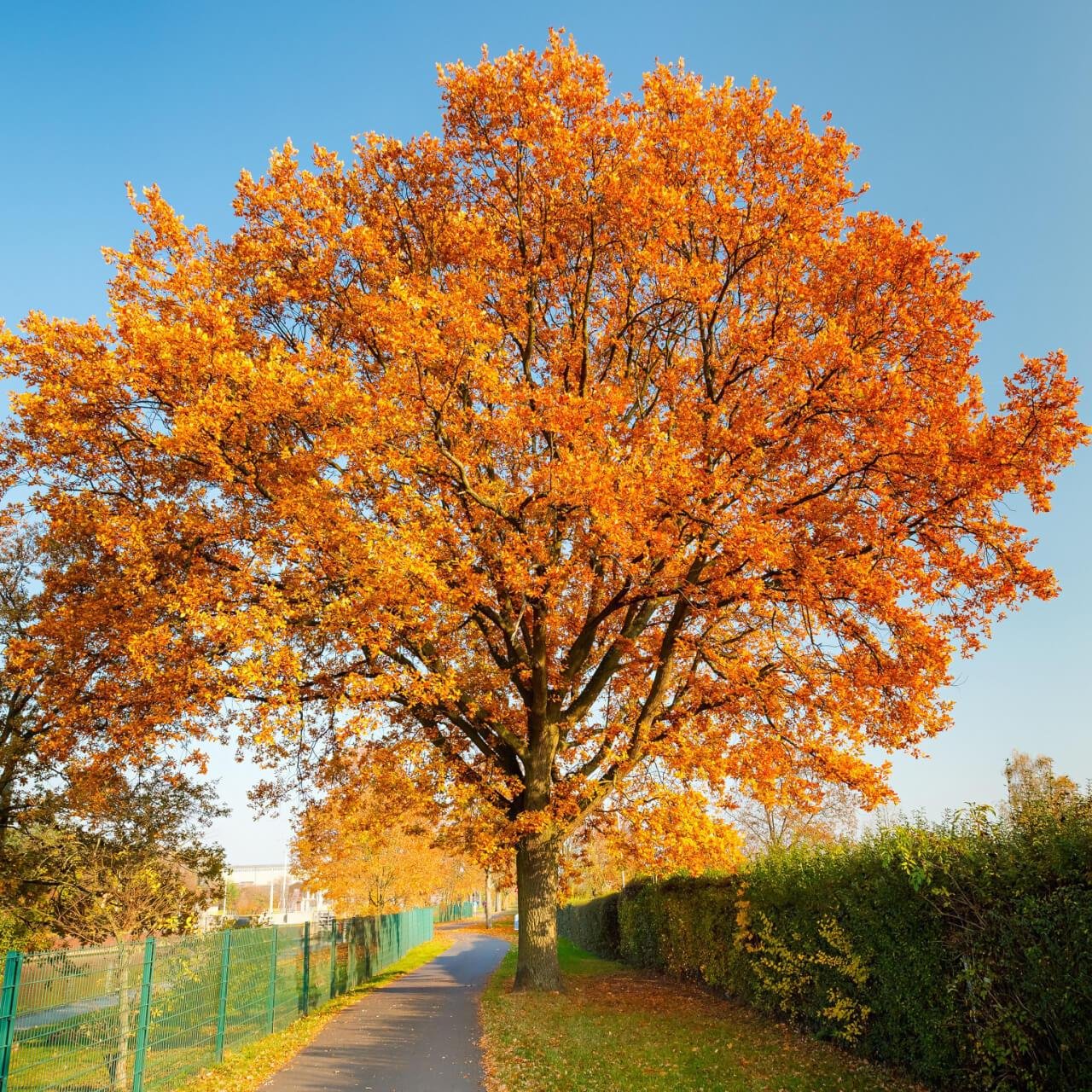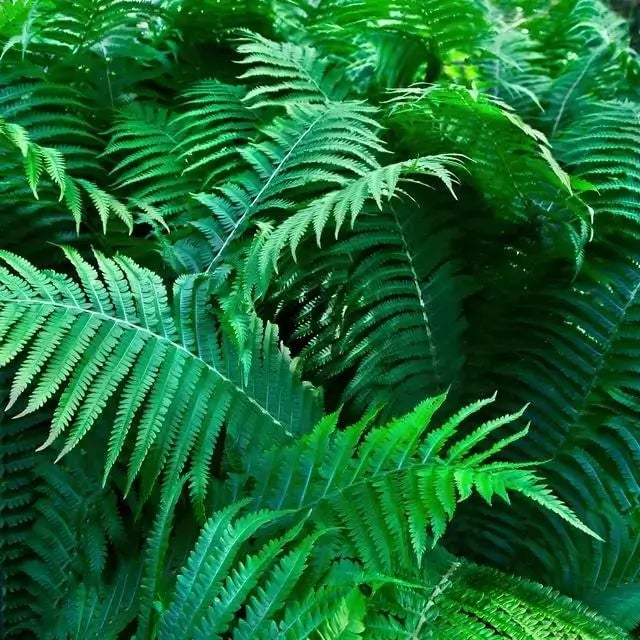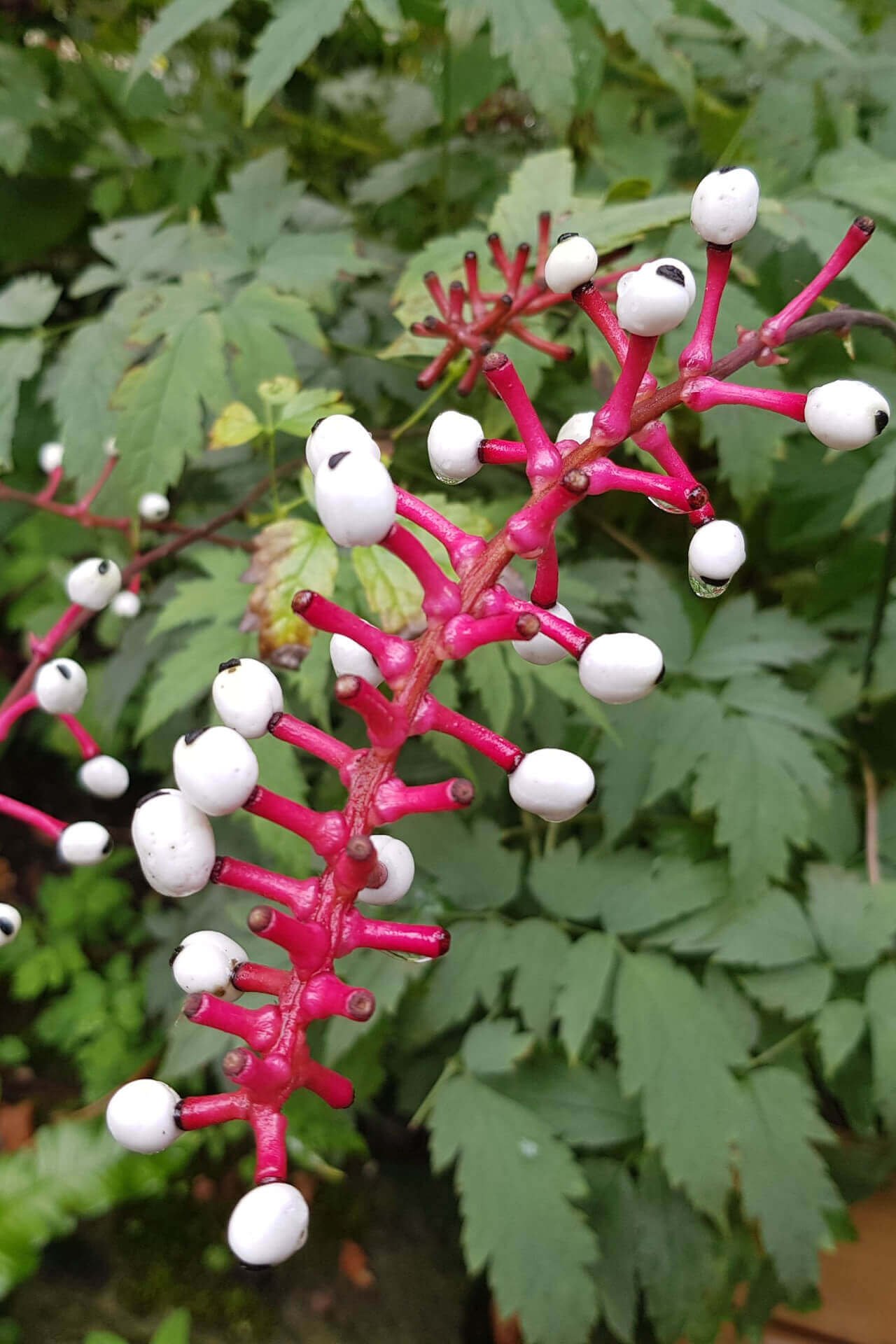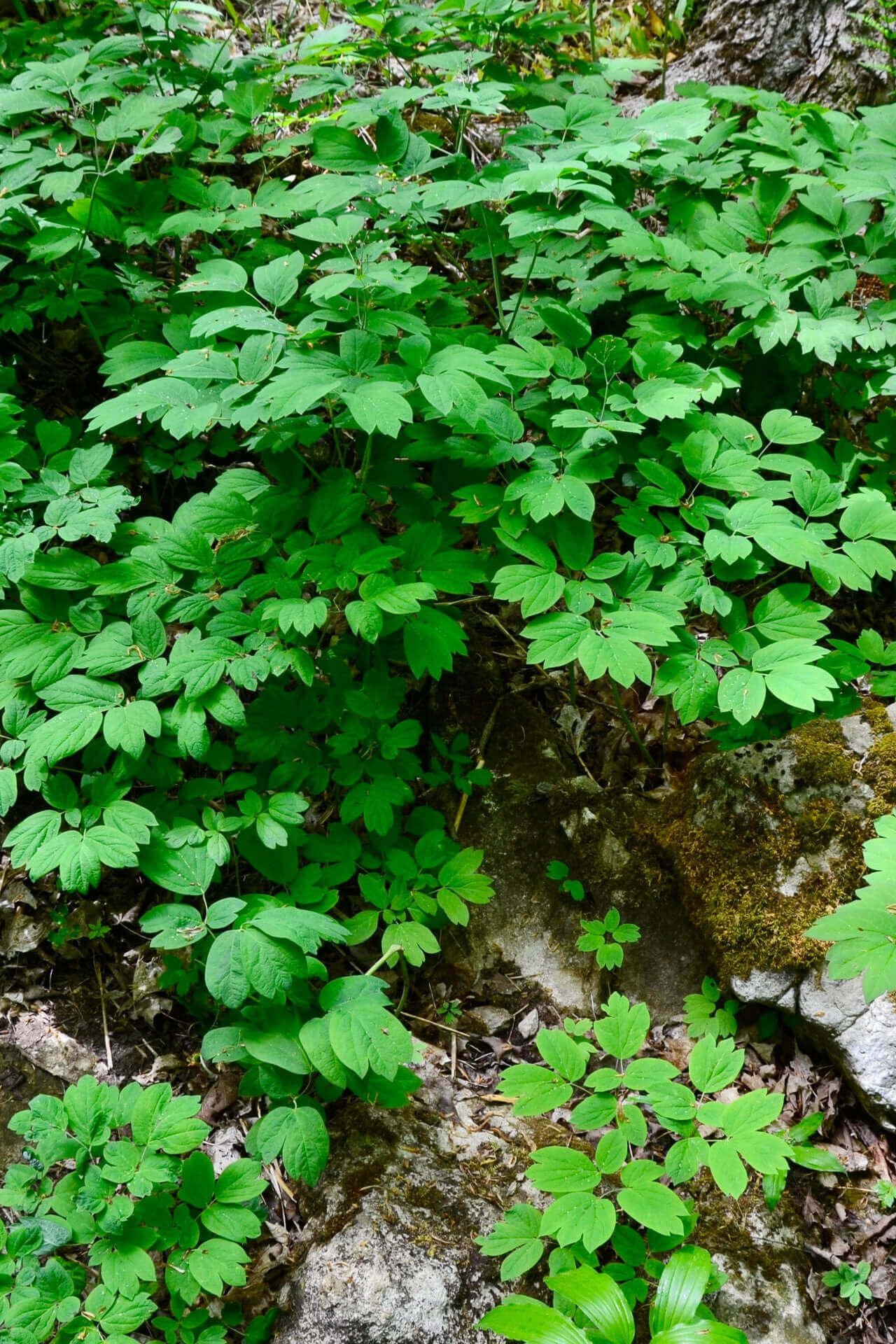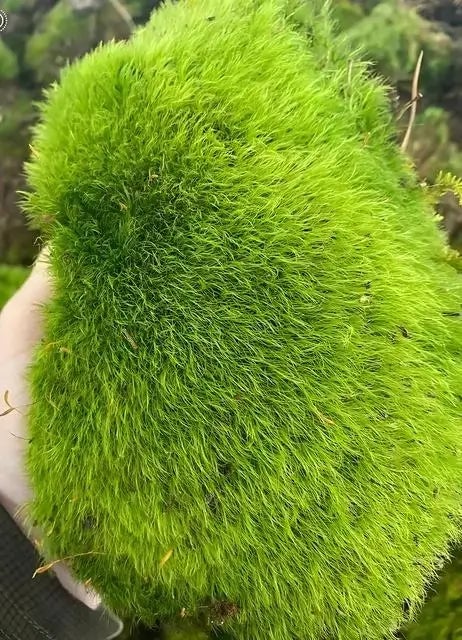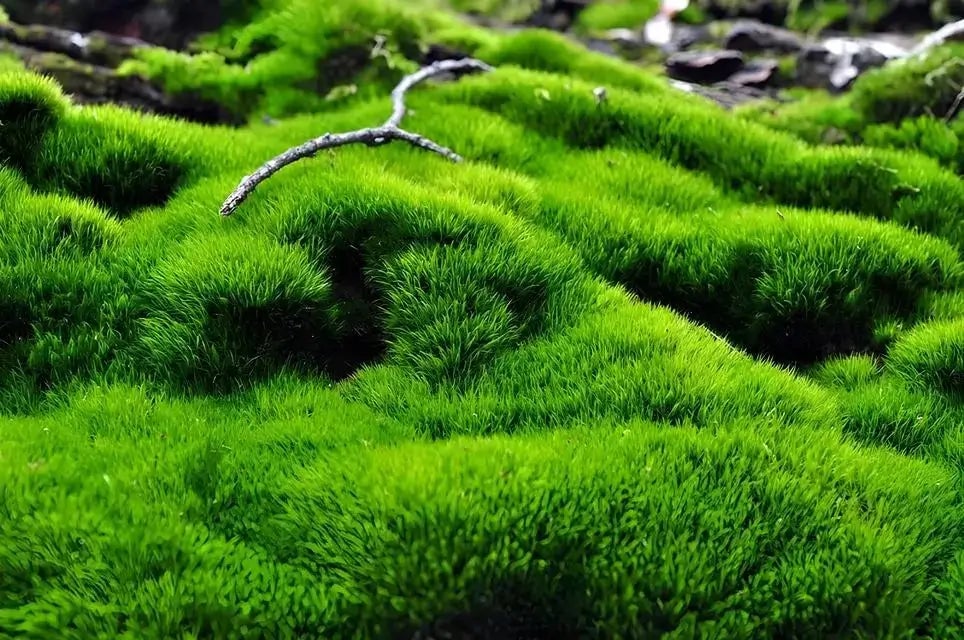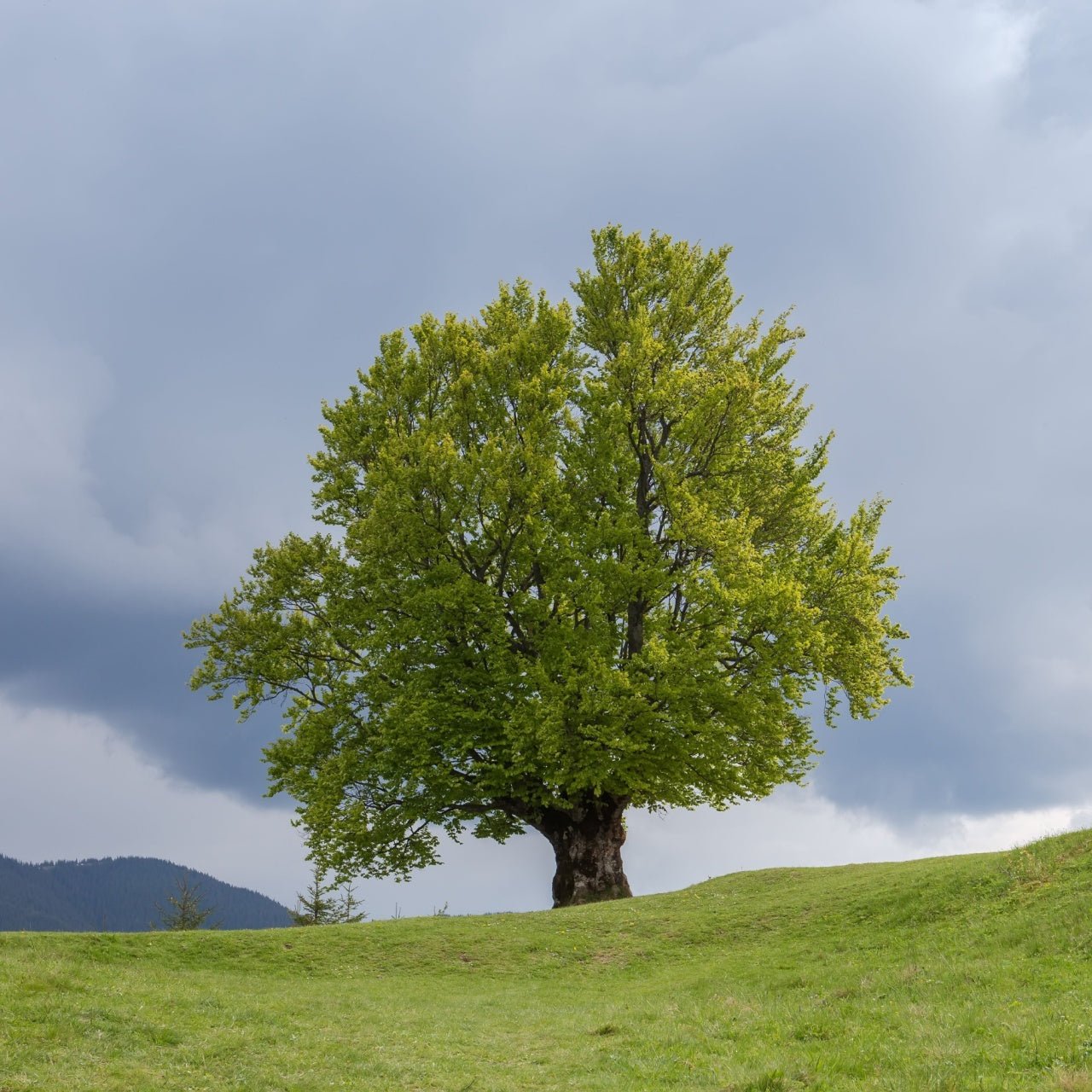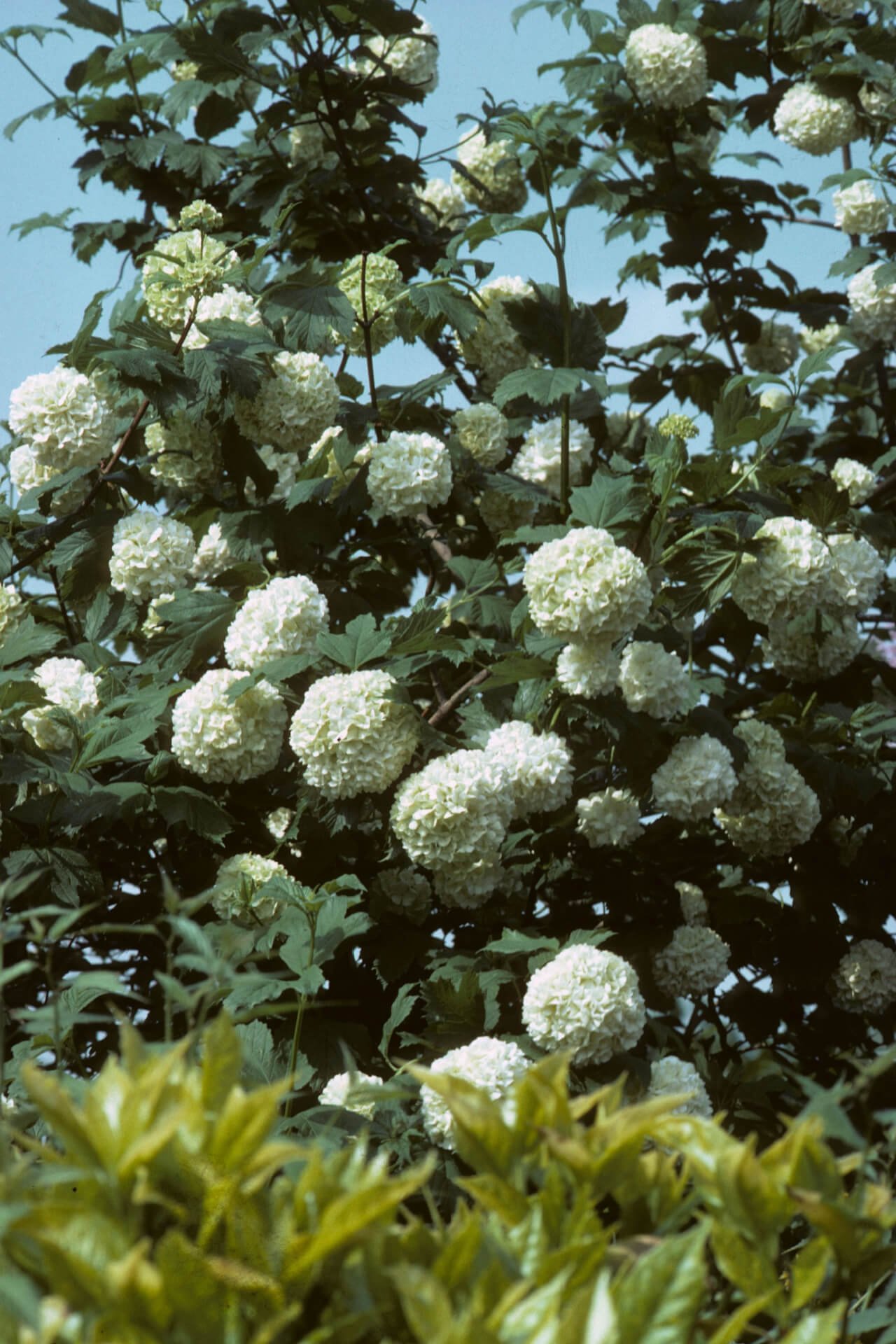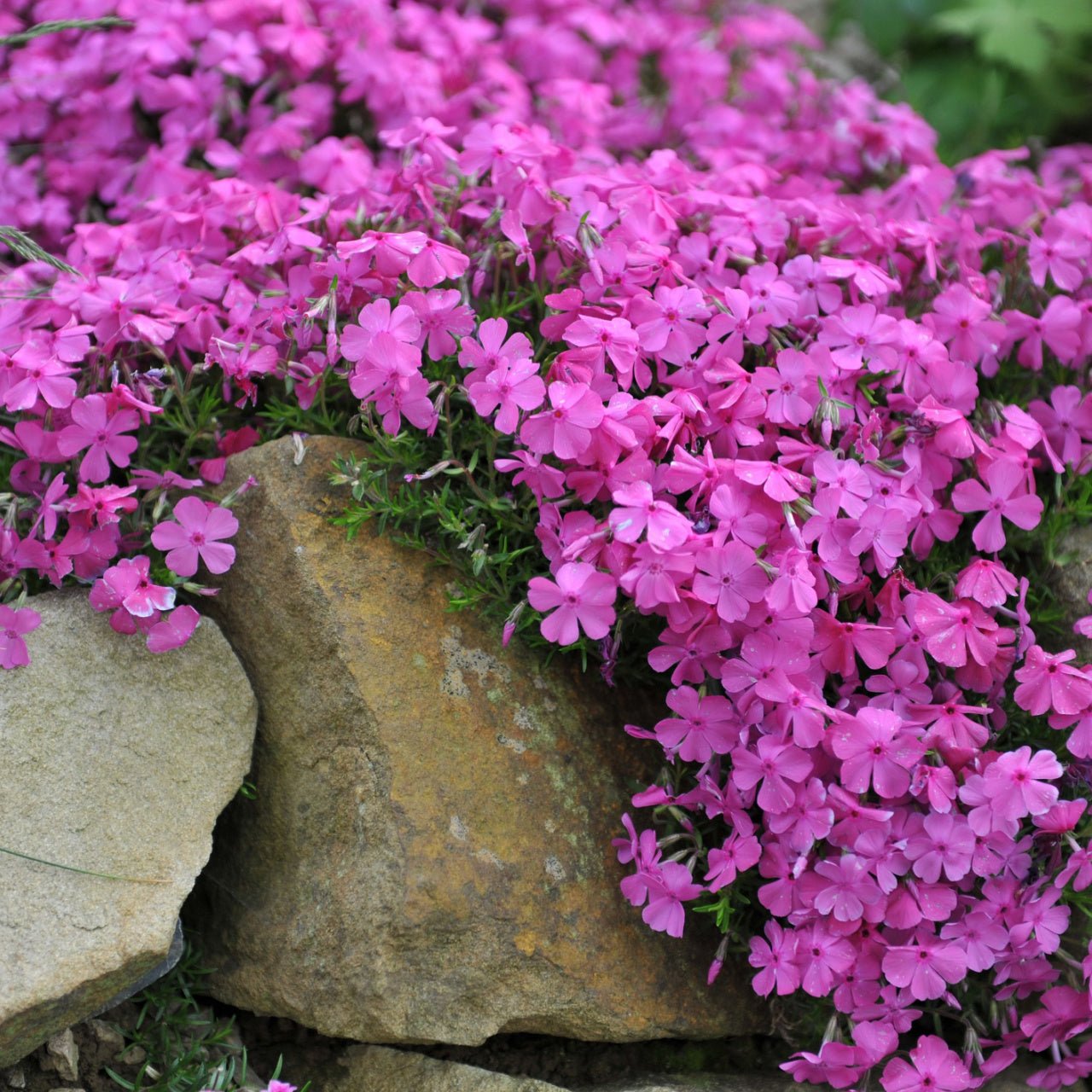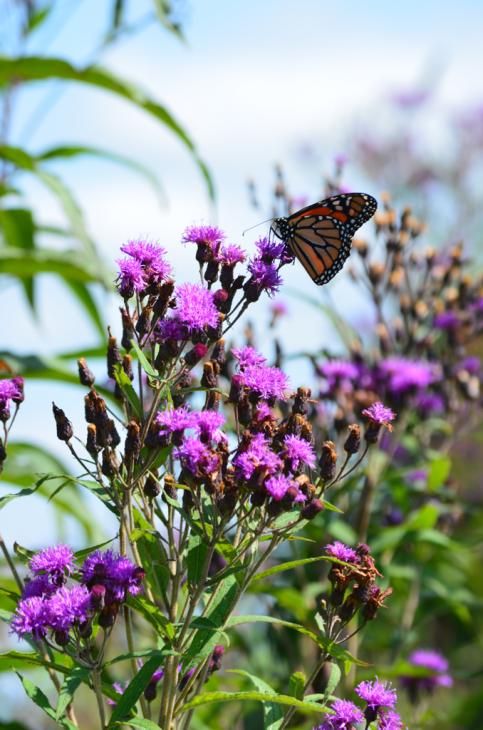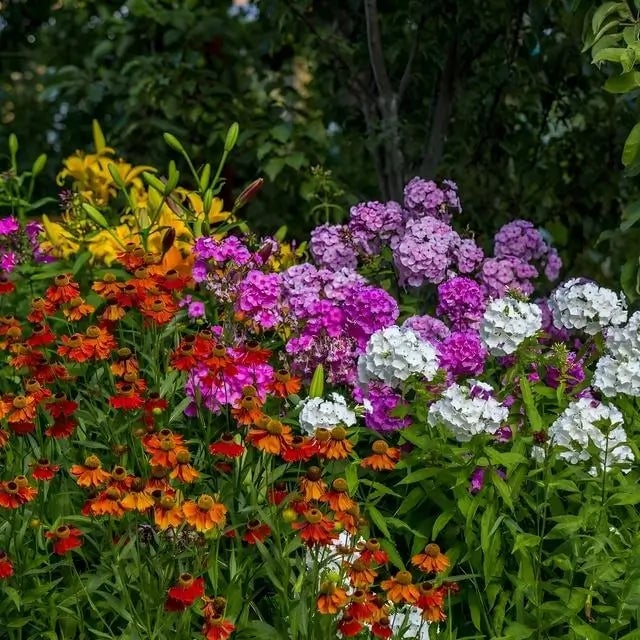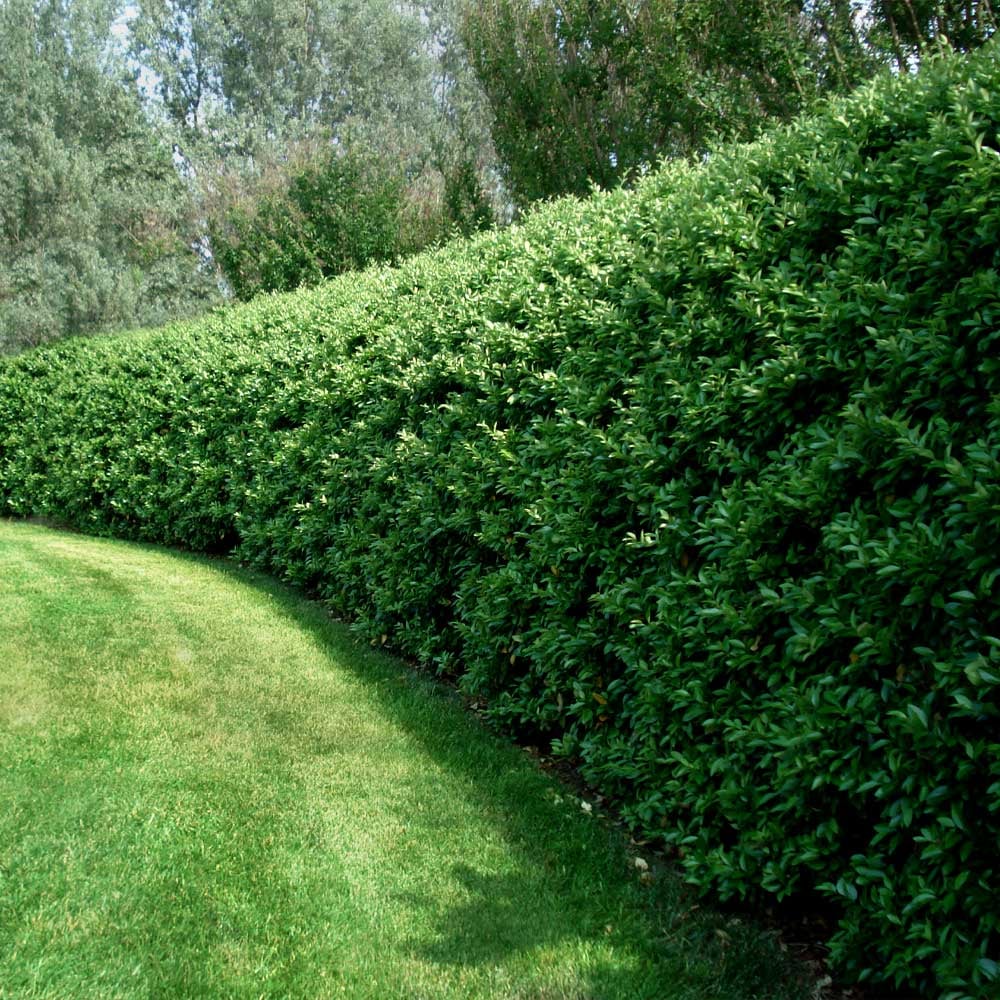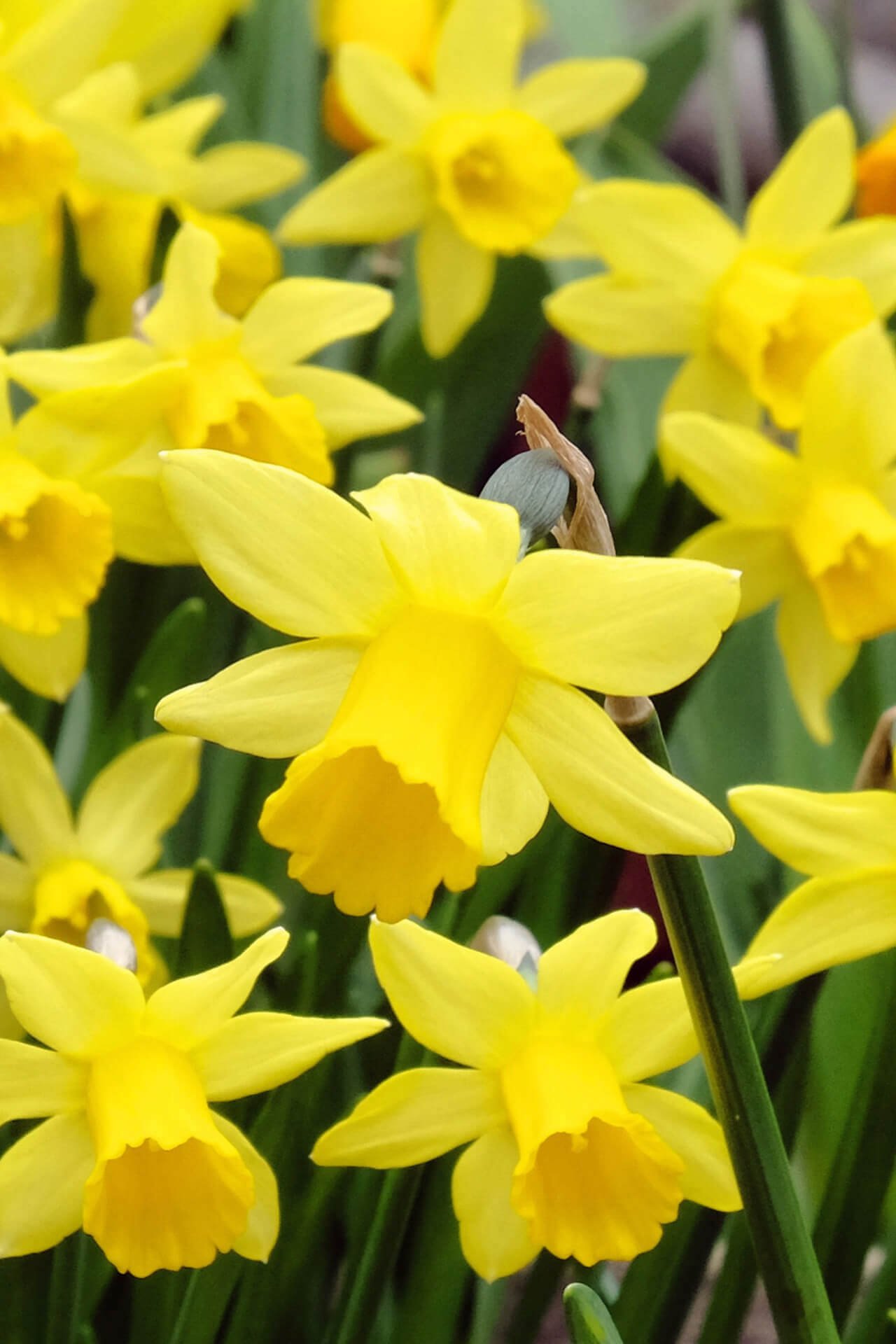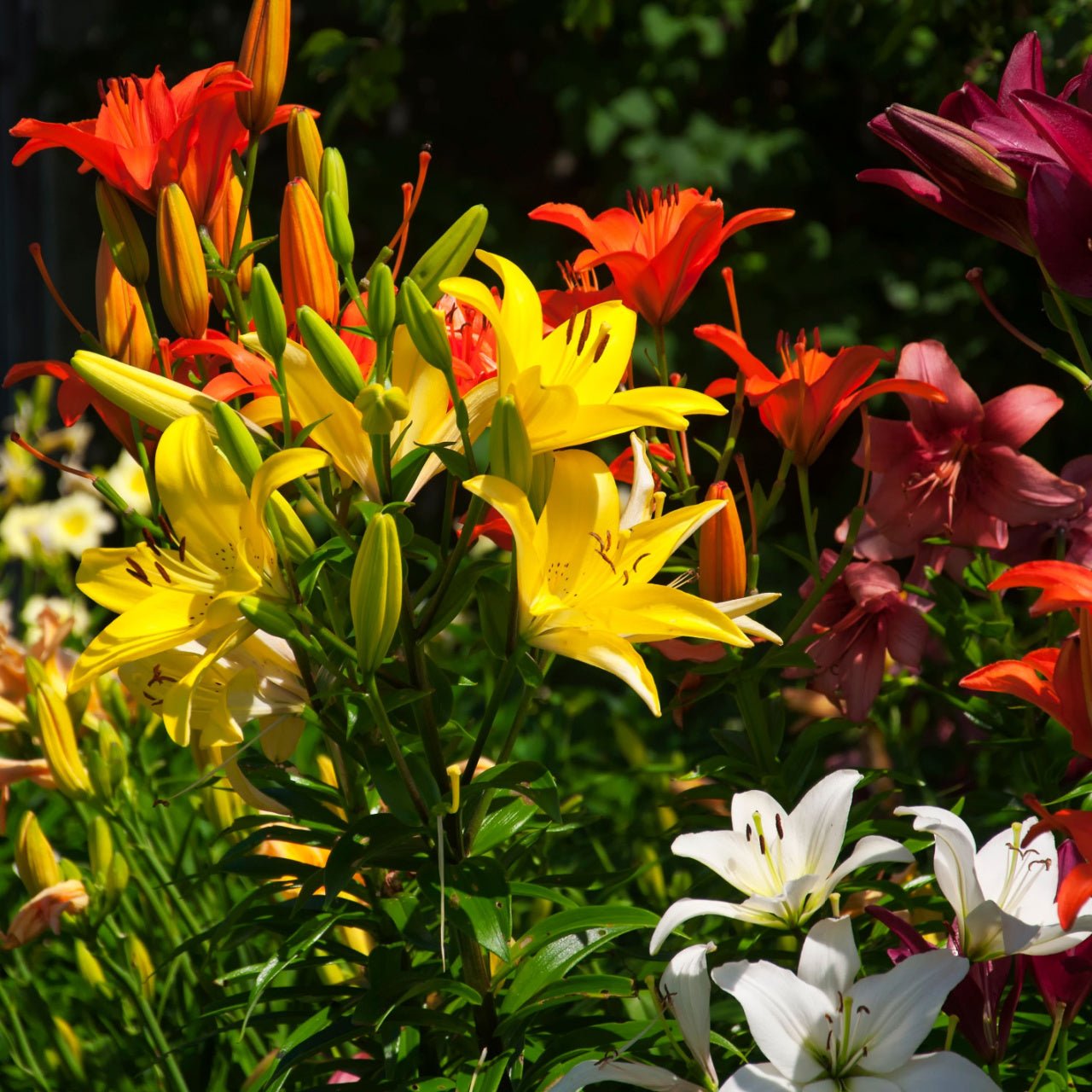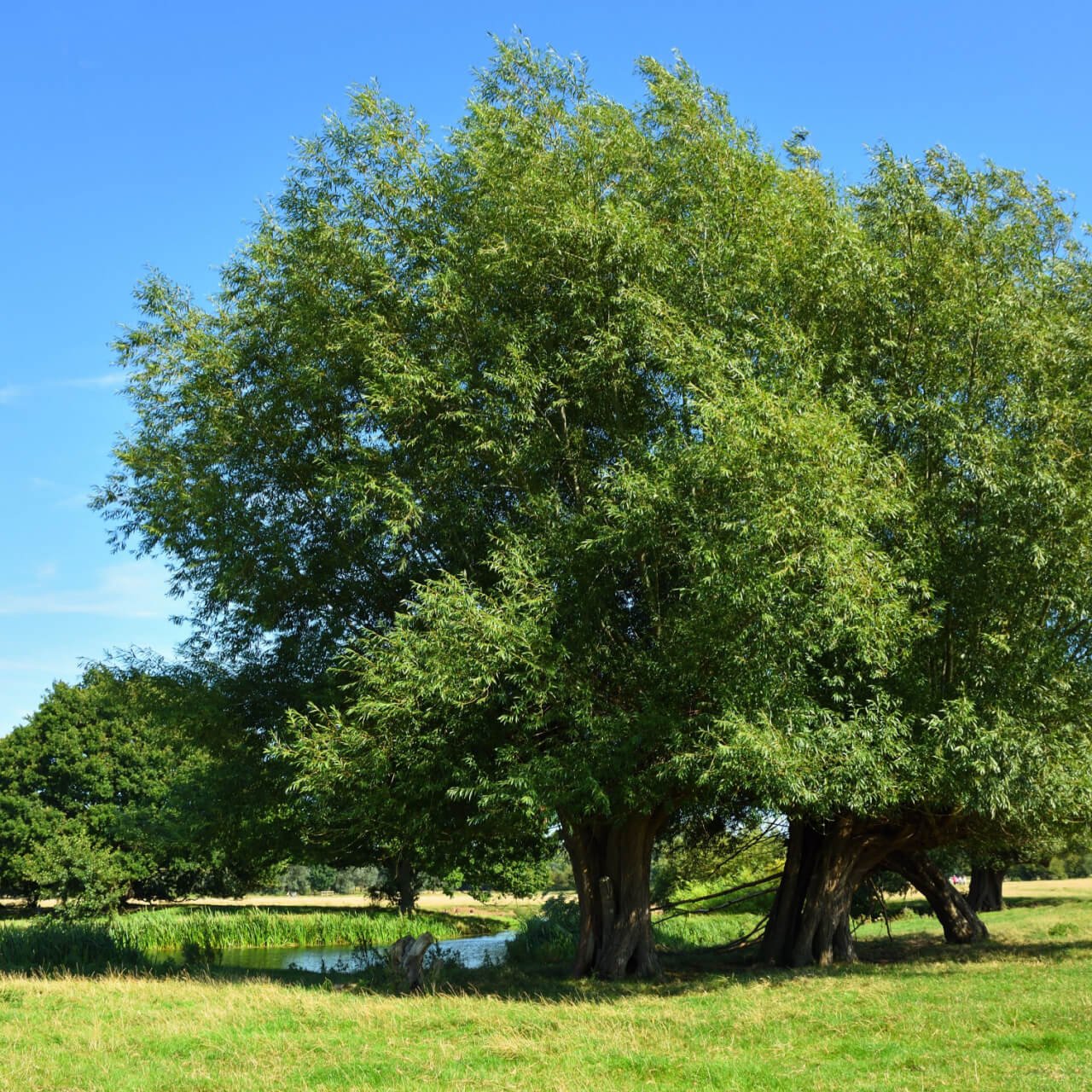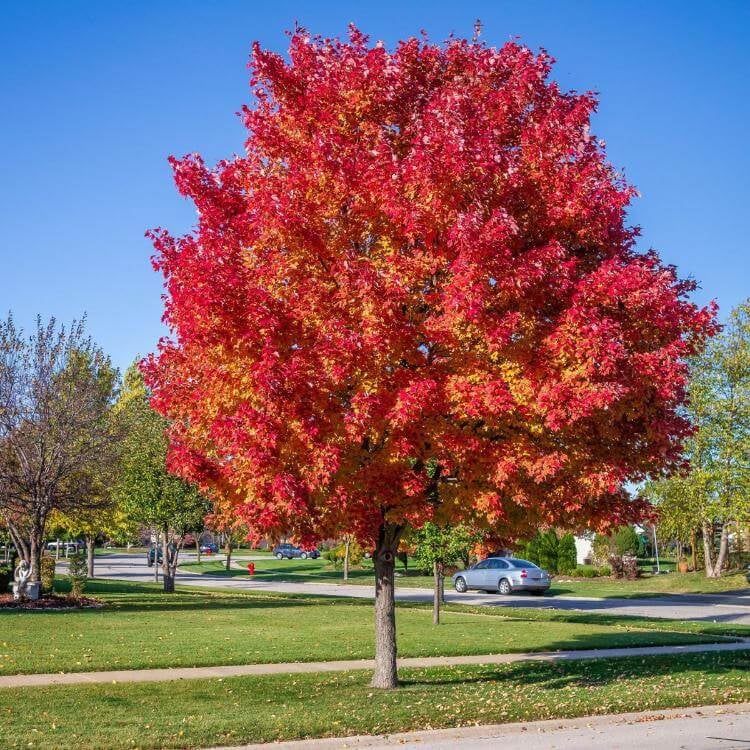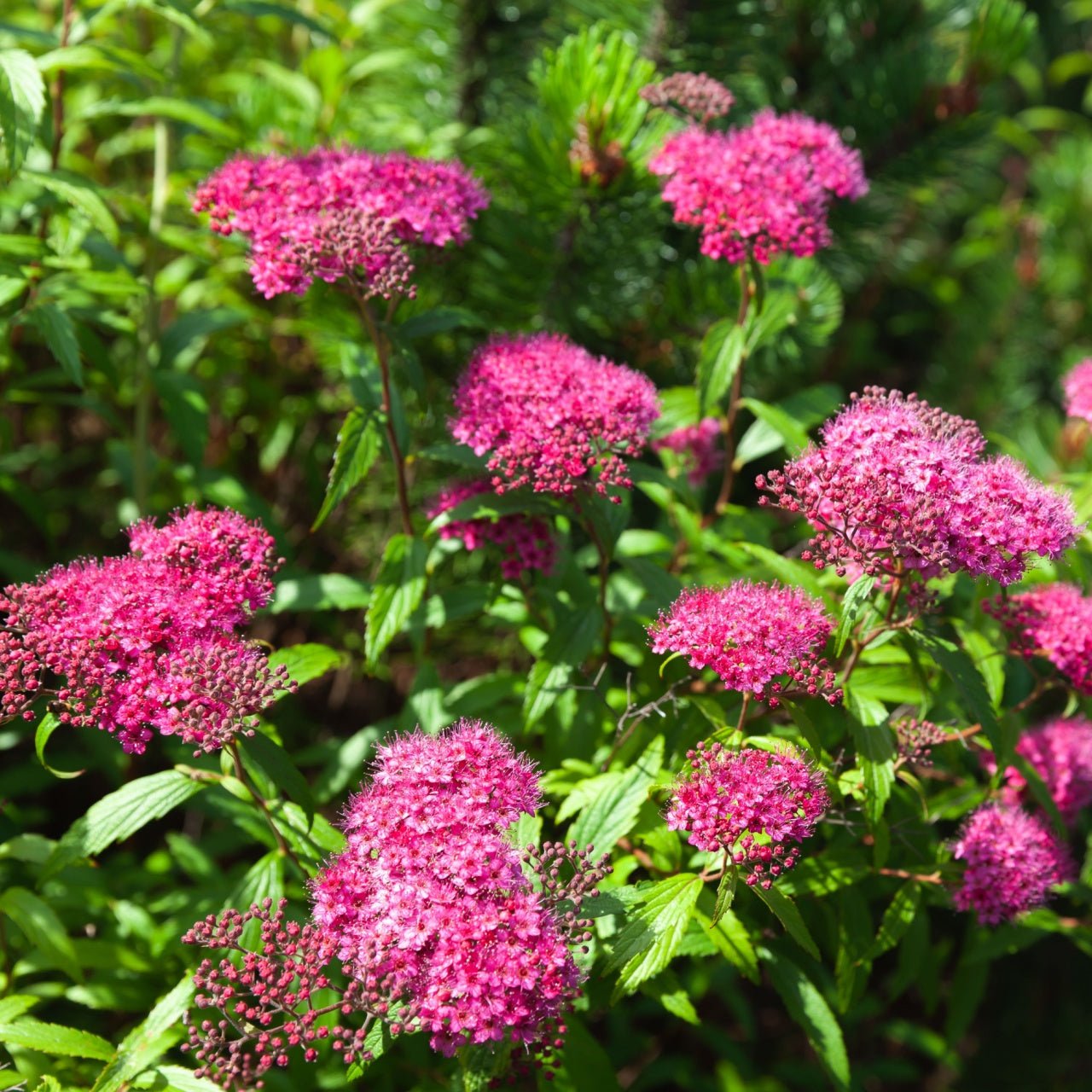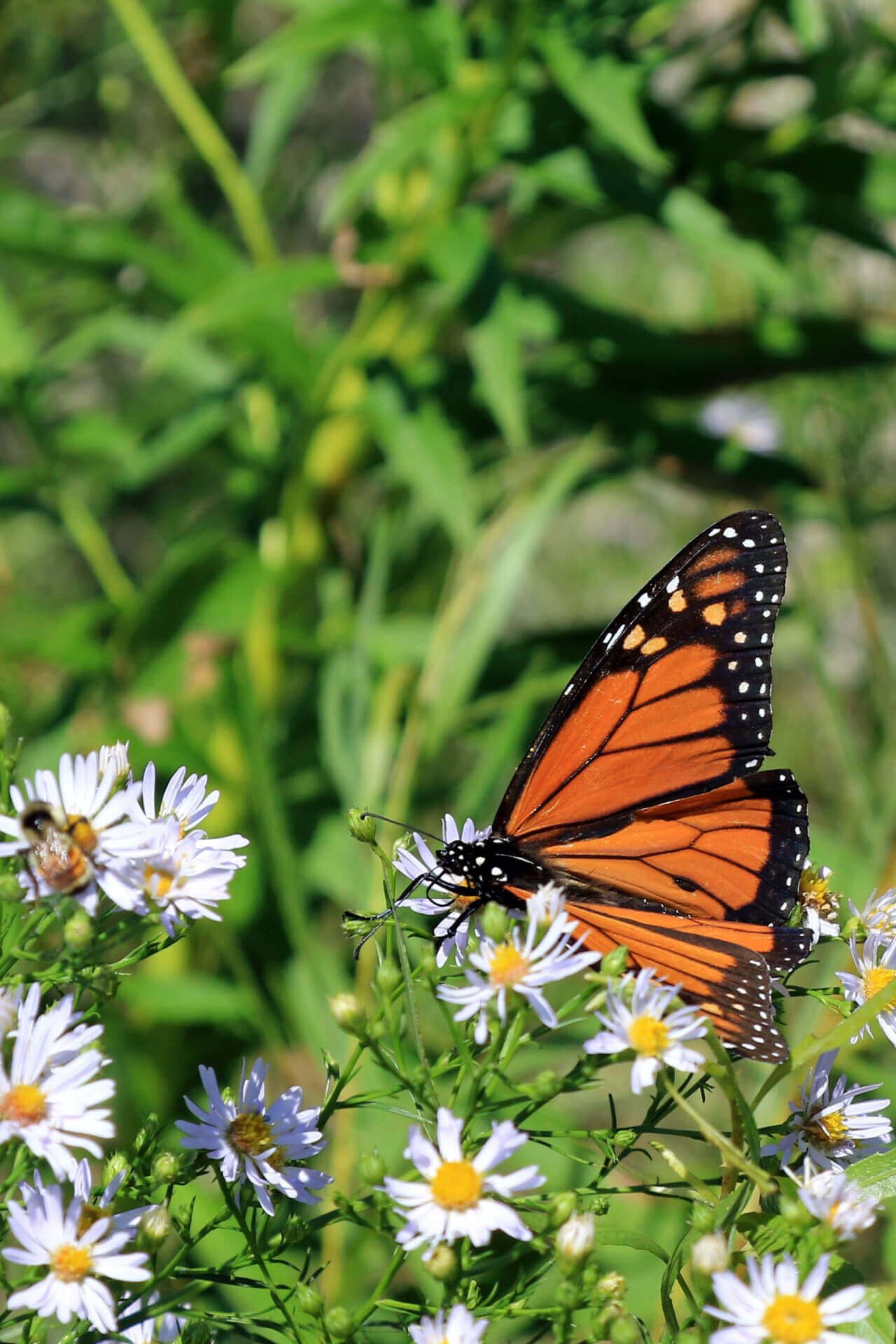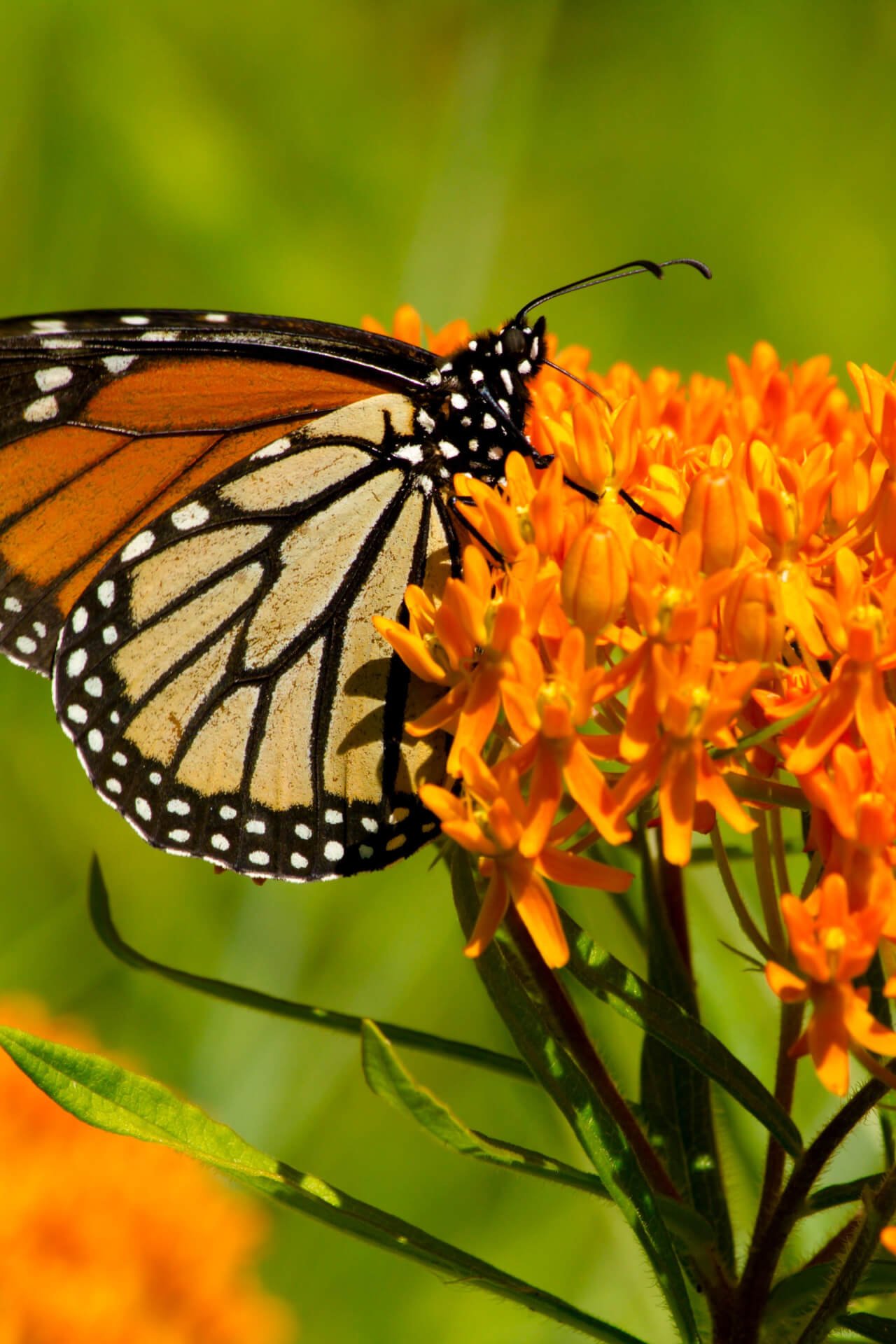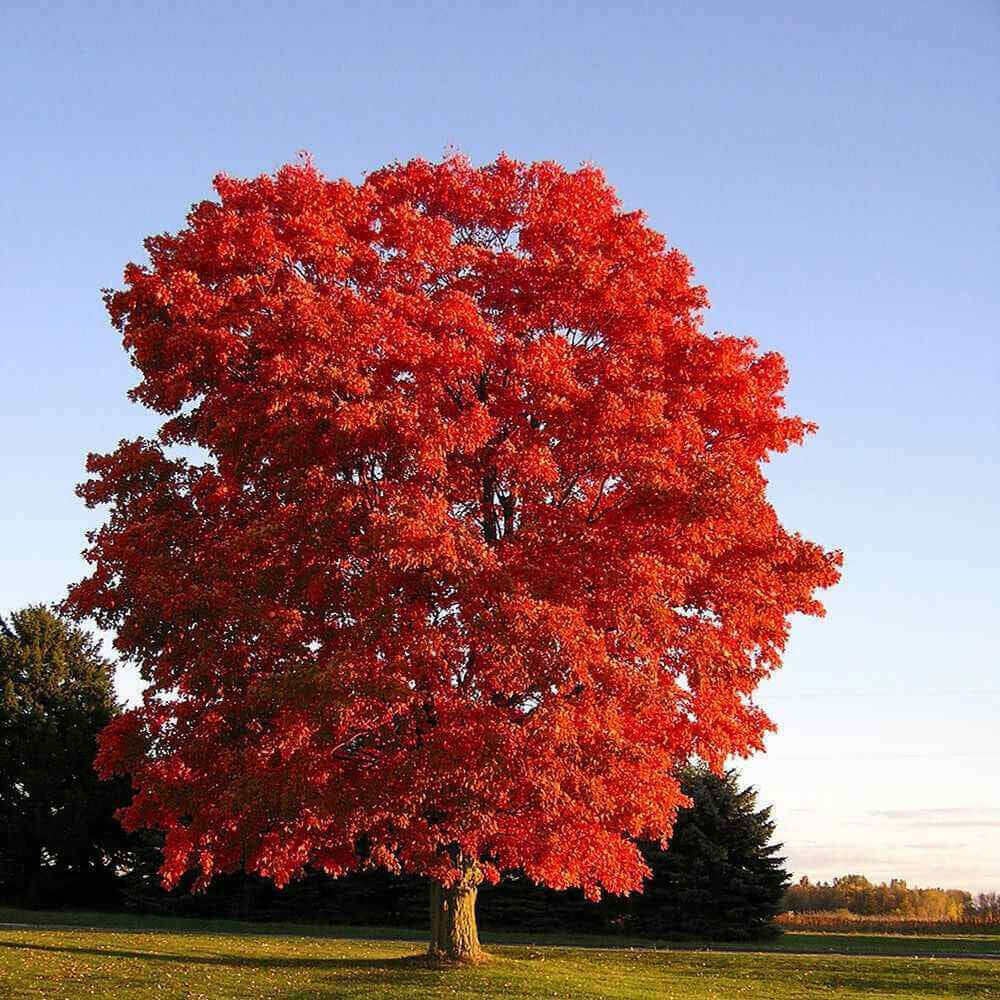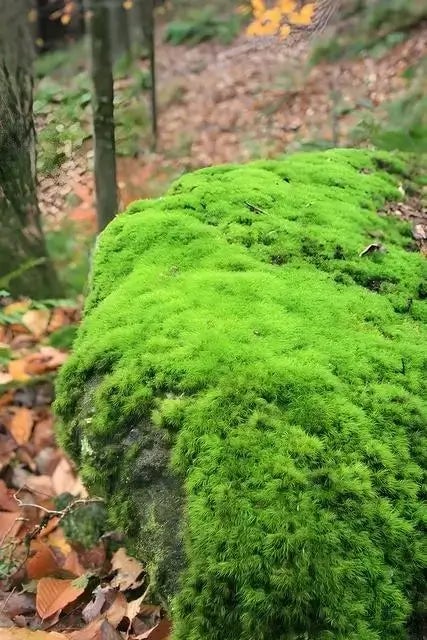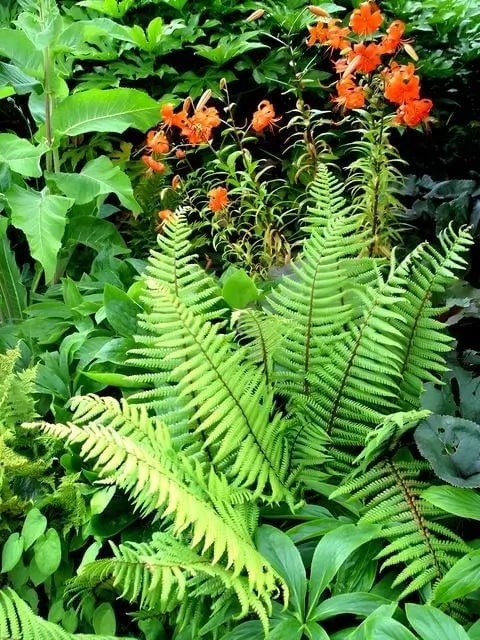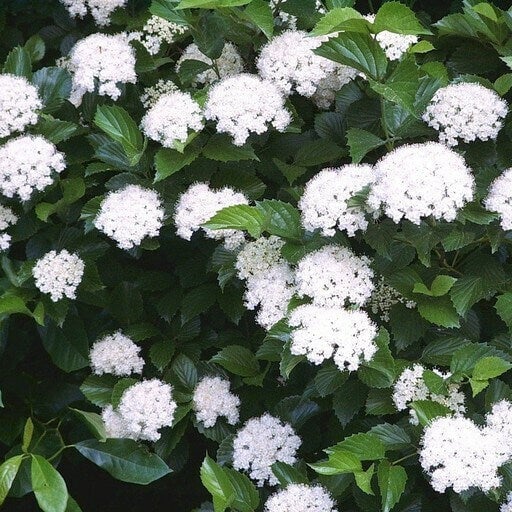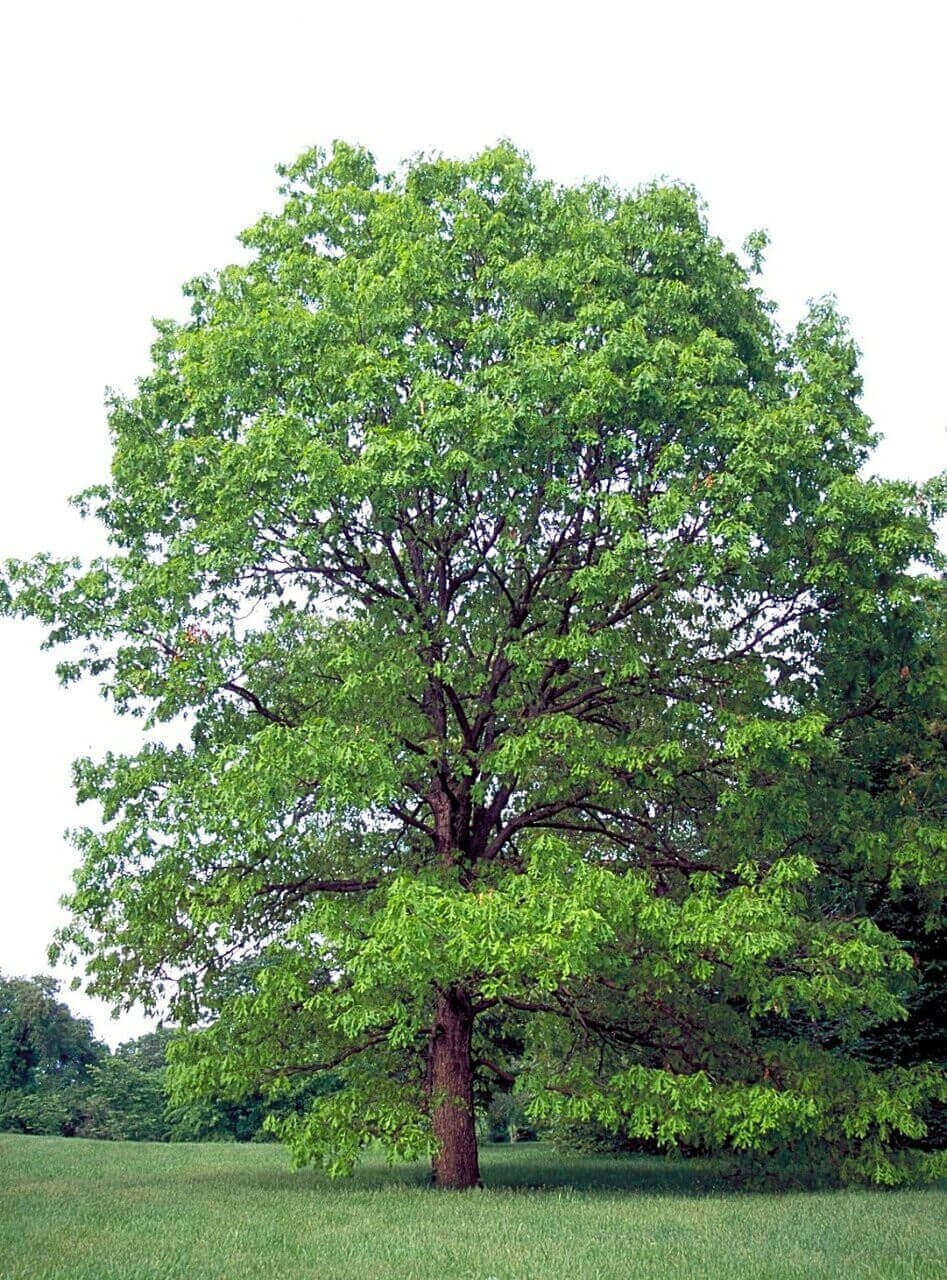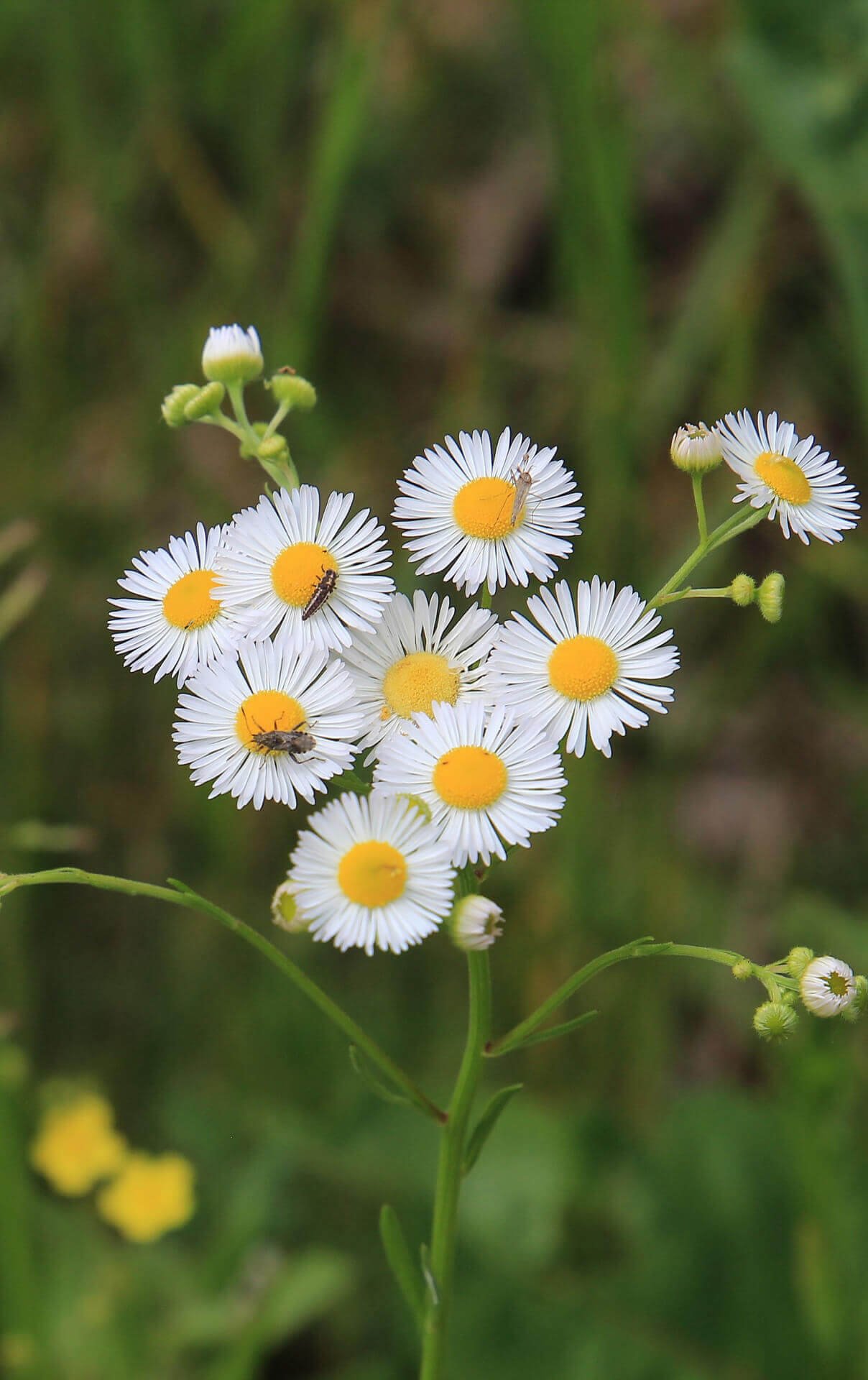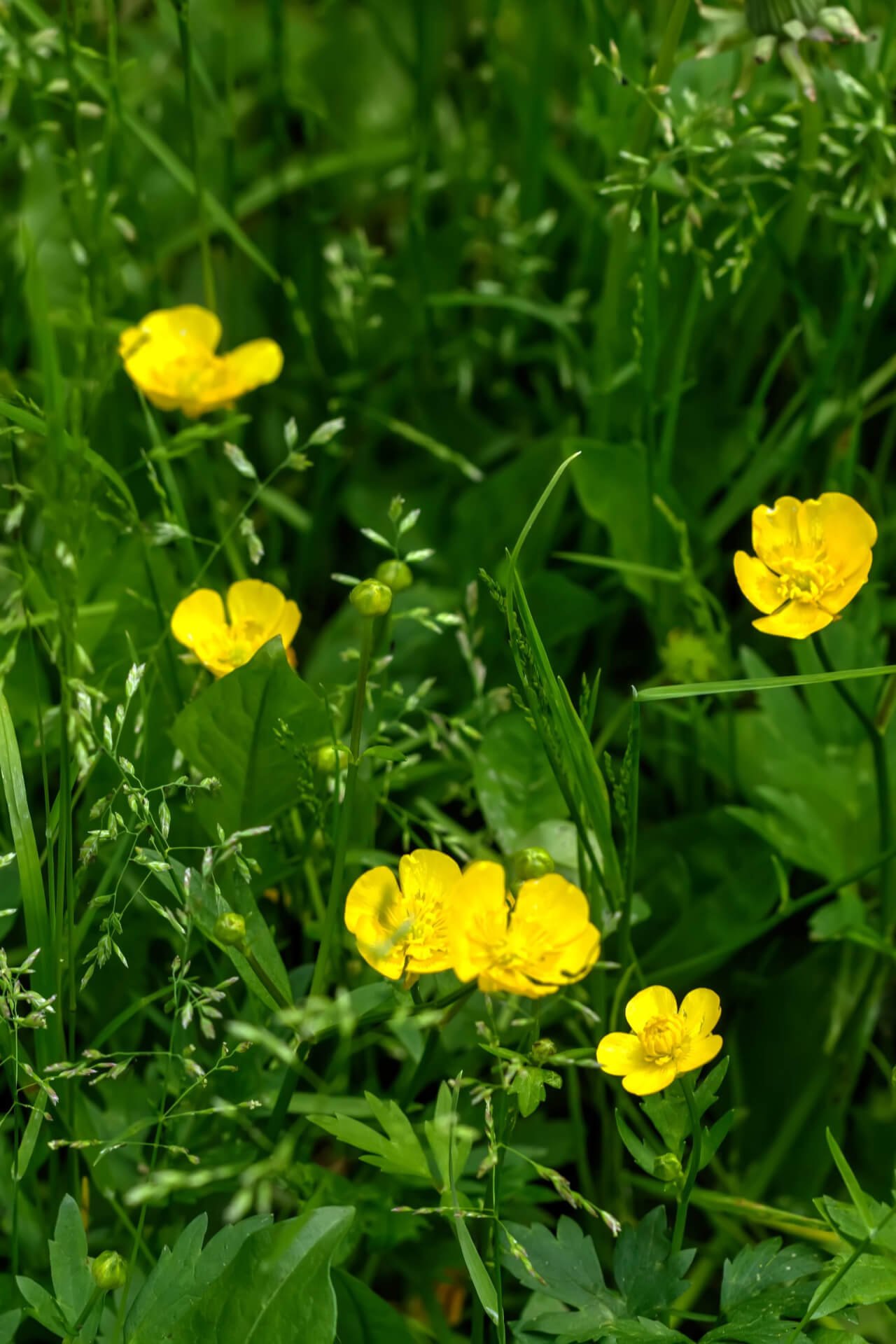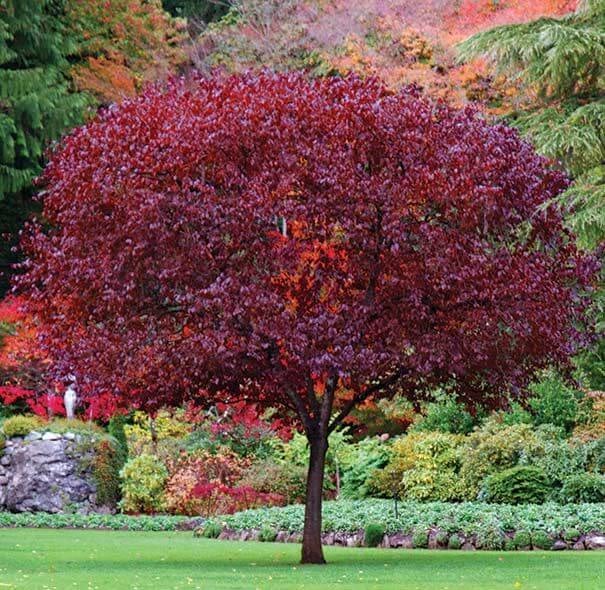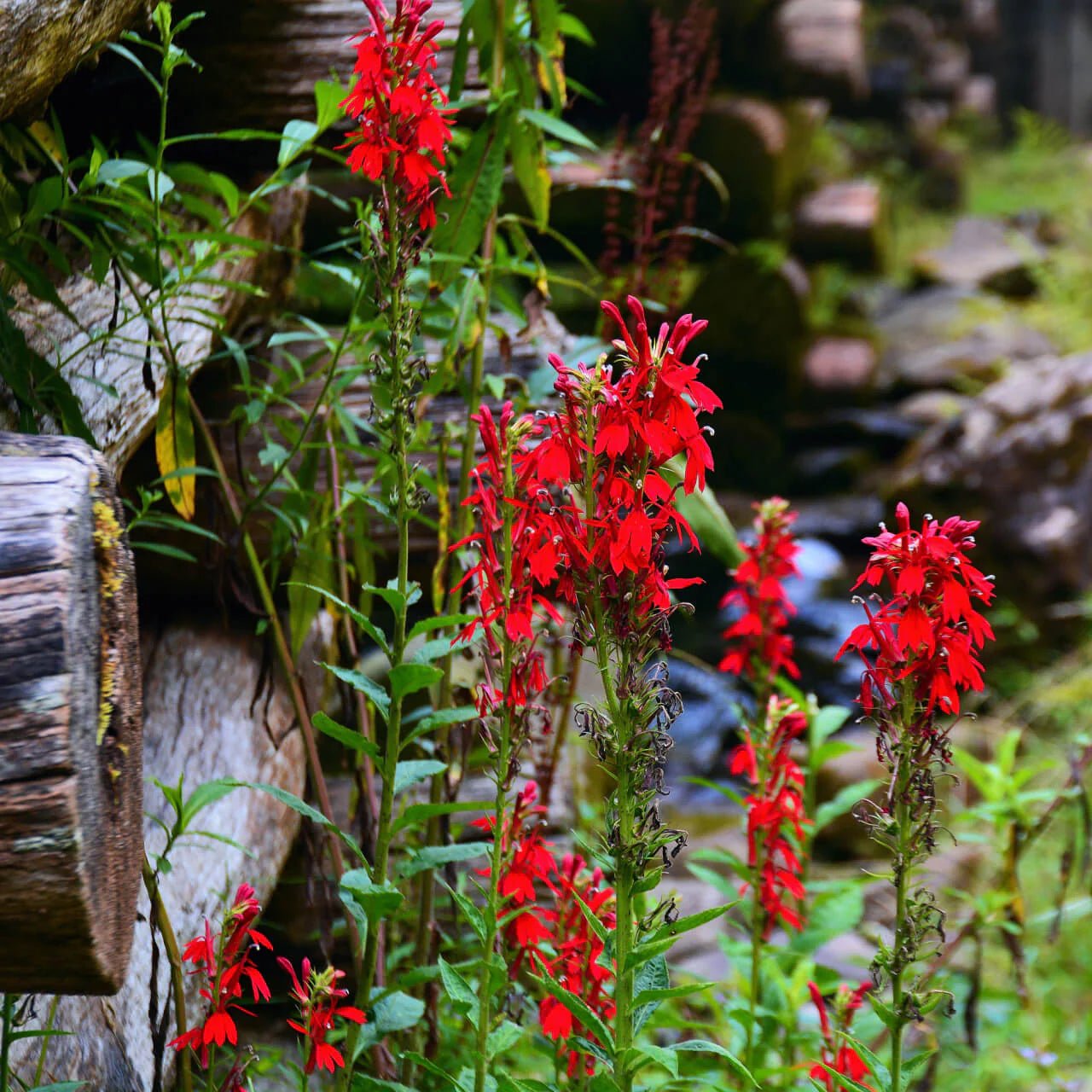Filters
Shop Zone 3 to find all your gardening favorites with the professionals at TN Nursery. We have everything in stock for a successful growing season, from spring-blooming classics to late-summer essentials.
Whether you're a lifelong gardener or a budding green thumb, we have a selection of plants to build your best landscape. Even the coldest temperatures are no match for our cultivars, including some of the hardiest varieties worldwide.
Zone 3 Gets In The Deep Negatives
This area is one of the coldest geographic segments of the United States. Withstanding winter temperatures as low as -40° F or -30°F, it includes the northern sections of Montana, Wyoming, North Dakota, Minnesota, Wisconsin, Maine, and New York.
The long, cold winters common to Zone 3 can be difficult for beginning gardeners. Before purchasing new plants, consider your environment and evaluate area-specific considerations.
It would be best to look for highly hardy plants, particularly those able to withstand prolonged freezing weather. Speaking of freezing, frost is a significant consideration in this area. The last frost date for growers is typically May 15, but it could be two weeks earlier or later.
It may take a long time to heat your soil in the spring. To extend the season, try a greenhouse, row cover, or rock garden.
The more you understand your plant hardiness area, the more successful you will be during the growing season.
Flowers That Thrive In Zone 3
Growers in more northern climates love TN Nursery. With dozens of plants picked just for this area, we make it quick and easy to shop cultivars for your location.
Some of our customer's favorite selections include:
Hosta: A leafy favorite in colder climates, the hosta is a showy plant with dark green, patterned foliage.
Coneflower: The coneflower may be an excellent option if you're looking for a colorful plant with medicinal qualities.
Elderberry bush: This hardy bush is an excellent option for harvesting backyard berries.
And remember: every plant from TN Nursery comes with a 100% guarantee. We promise you'll have great success, or we'll work to make things right.
Why Customers Choose TN Nursery To Shop Zone 3
Gardeners rely on TN Nursery for the highest quality plants for northern hardiness zones. We don't just provide an incredible selection - our bare-root packaging saves up to 400% on shipping costs. No matter your gardening dreams, we can help bring them to life.


